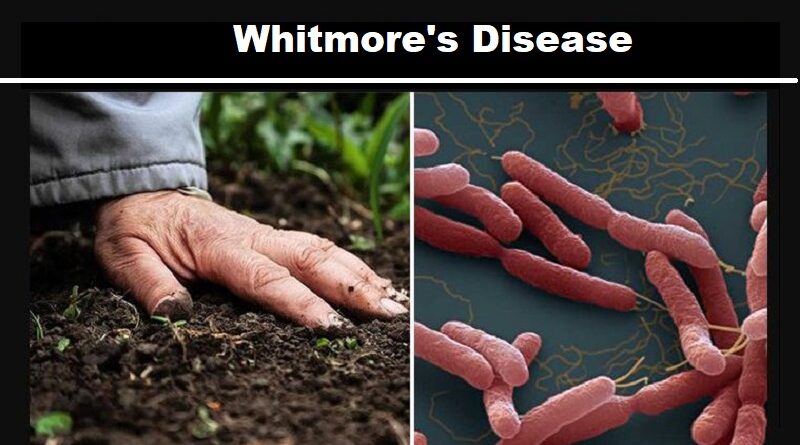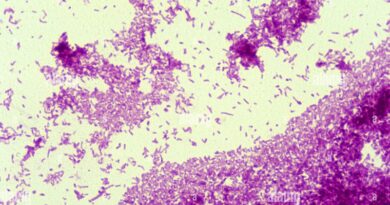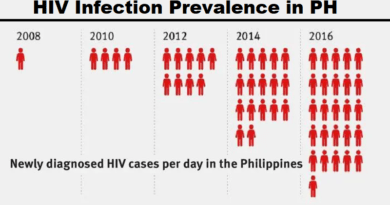Whitmore’s Disease: An Emerging Health Concern
Whitmore’s disease, also known as melioidosis, an infectious disease, has gained increasing recently. It’s a rare but potentially life-threatening bacterial infection that has become a topic of concern among healthcare professionals and researchers alike. In this article, we will explore Whitmore’s disease, its causes, symptoms, diagnosis, treatment options, and prevention strategies.
Understanding Whitmore’s Disease
Whitmore’s disease, named after the Australian bacteriologist Dr. Alfred Whitmore, is an infectious disease caused by the bacterium Burkholderia pseudomallei. This Gram-negative bacterium is primarily found in soil and water in tropical and subtropical regions, particularly in Southeast Asia and Northern Australia. The disease primarily affects humans and animals, especially those with compromised immune systems or underlying health conditions.
Causes and Transmission
The transmission occurs through direct contact with contaminated soil or water. People can become infected by inhaling contaminated dust or through contact with the bacteria through open wounds or cuts. The bacteria can also enter the body through ingestion or inhalation of contaminated water or soil particles. Additionally, person-to-person transmission is extremely rare, with only a few documented cases.
Signs and Symptoms
It can manifest in various ways, making it challenging to diagnose accurately. The symptoms can range from mild to severe, depending on the site of infection and the individual’s overall health. Common symptoms include fever, cough, respiratory distress, muscle aches, joint pain, and skin infections. In severe cases, it can progress to pneumonia, septic shock, and multiple organ failure, which can be life-threatening.
- Fever:
Persistent high fever is one of the primary symptoms. The fever may spike and last for an extended period. - Respiratory Symptoms:
Cough, shortness of breath, and chest pain may be present in some cases. Severe cases can lead to pneumonia and lung abscesses. - Skin Infections:
Skin manifestations can occur, including the development of ulcers, boils, or abscesses. The affected area may be swollen, painful, and have discharging pus. - Joint and Muscle Pain:
Whitmore’s disease can cause joint and muscle pain, leading to stiffness and discomfort. - Gastrointestinal Symptoms:
Abdominal pain, nausea, vomiting, and diarrhea may be present. In severe cases, gastrointestinal complications such as liver or splenic abscesses can occur. - Neurological Symptoms:
Although less common, Whitmore’s disease can affect the nervous system, leading to symptoms such as headache, confusion, and seizures.
Diagnosis
Diagnosis can be challenging due to its nonspecific symptoms and the need for specialized laboratory testing. Healthcare professionals may employ various diagnostic methods, including blood cultures, sputum analysis, urine analysis, and imaging tests such as chest X-rays or CT scans. The identification of Burkholderia pseudomallei in clinical samples is crucial for an accurate diagnosis.
Treatment Options
Early and accurate diagnosis is crucial for the effective treatment of Whitmore’s disease. Antibiotics are the primary treatment option, and the choice of antibiotics depends on the severity of the infection. Intravenous antibiotics, such as ceftazidime or meropenem, are typically administered initially, followed by oral antibiotics, such as trimethoprim-sulfamethoxazole, for an extended duration. The treatment course can last for several weeks to months, depending on the individual’s response to treatment.
Prevention and Control
Preventing Whitmore’s disease revolves around minimizing exposure to contaminated soil and water. Individuals should avoid walking barefoot in high-risk areas and take precautions when working in environments with a higher likelihood of bacterial contamination, such as agriculture or construction sites. Proper wound care and personal hygiene, including handwashing, are also essential. Public health initiatives should focus on raising awareness, enhancing sanitation measures, and promoting appropriate land and water management practices.
The Global Impact
Whitmore’s disease is predominantly found in endemic regions, but its global impact is increasingly recognized due to travel-related cases and potential bioterrorism concerns. With its ability to mimic other respiratory infections and the lack of routine surveillance in many areas, accurate global disease burden estimates are challenging to obtain. Researchers and international health organizations are collaborating to improve surveillance systems, enhance diagnostic capabilities, and develop potential vaccines.
SUMMARY
Whitmore’s disease, caused by the bacterium Burkholderia pseudomallei, presents a significant health concern, particularly in tropical and subtropical regions. The disease’s nonspecific symptoms and challenging diagnosis highlight the need for increased awareness among healthcare professionals and the general public. By promoting effective prevention strategies, supporting research efforts, and implementing improved diagnostic tools, we can better combat this emerging infectious disease, reducing its impact on global health.
If you have questions you can drop them below in the comment section. You can contact us here: Google page – Helalmedical, or Facebook page. We offer quick and convenient testing options.




